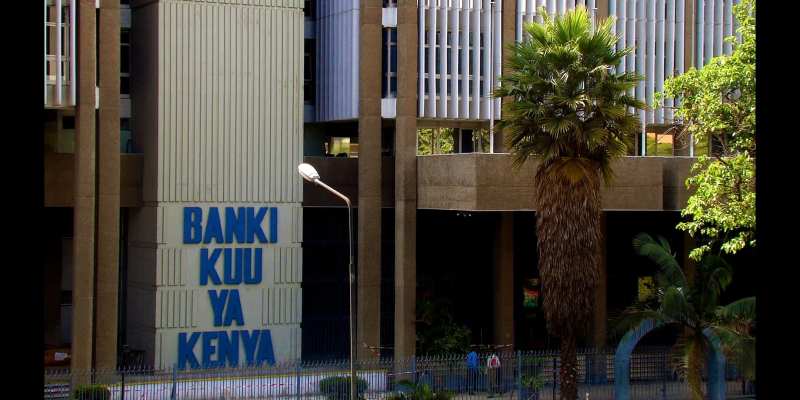

Banks expect to disburse less credit to the private sector in the next six months to December, a move likely to slacken business expansion and job creation.
The Central Bank of Kenya's May Market Perception Survey report released on Tuesday shows that bank CEOs lowered their expectations on private sector credit growth in 2025 compared to the March and January surveys due to concerns on the elevated credit risk, low purchasing power of consumers, and government borrowing.
However, respondents indicate that private sector credit is expected to recover thereafter supported by stable macroeconomic environment, improved liquidity conditions in the banking sector, and recovery of key sectors of the economy.
Large banks expected credit to the private sector to drop by 100 basis points to 10.5 per cent in May from 11.5 per cent in March and 12.6 per cent in January, while medium lenders noted a growth to 10.5 per cent in May from eight per cent in March.
Smaller banks indicated the least growth of 5.6 per cent in May compared to 20.3 per cent and 12.1 per cent in January and March respectively.
Overall, all banks noted a 90 basis points drop in credit to the private sector in May to 10.1 per cent from 11 per cent March and 13 per cent in January.
The latest data by CBK shows that growth in commercial bank lending to the private sector stood at two per cent in May 2025 compared to 0.4 per cent in April, and -2.9 per cent in January 2025.
’’This reflects improved demand in line with the declining lending interest rates, and dissipation of exchange rate valuation effects on foreign currency-denominated loans following the appreciation of the Shilling,’’ the banking regulator said in the Monetary Policy Committee (MPC) statement.
Banking sector top executives sampled said that the growing non performing loans are top concern to most lenders. According to CBK, loan default rate hit a 20- year high of 17.6 per cent in April 2025 compared to 17.2 per cent in February.
Increases in Non-Performing Loans were noted in trade, personal and household, tourism and hotels, and building and construction. This has forced banks to increase provisions, cutting on their overall margins.
The rising NPLs is linked to muted economic growth, brought about largely by a high tax regime that has seen some firms close or cut operations, leading to irregular salaries and joblessness.
This has cut disposable income, with more than three-quarters of Kenyans (78 per cent) reporting a decline since 2024, highlighting the economic difficulties facing workers.
The 2024 Financial Services Monitor by Old Mutual paints a picture of financial distress, with many struggling to cope with rising living costs and job insecurity.
The report shows that while 34 per cent of Kenyans have maintained the same income levels as in 2023, only 22 per cent are earning more.
According to Trading Economics, the country’s disposable income is likely to drop for the first time since 2004, denting the growth trajectory recorded over the years. It has, however, not given an absolute figure.
The rising loan appetite by the government in the local credit market has also contributed to lower loans to the private sector. Banking sector executives interviewed in the MPC survey fears that the trend is likely to worsen as the state seeks more credit from the local market to fill the fiscal deficit in the upcoming financial year.
In the 2025/6 fiscal plan presented in Parliament by the National Treasury boss John Mbadi shows that the government plans to borrow close to 75 per cent of Sh923 billion budget deficit locally.
An analysis of Q1 financial results shows that banks opted to splash billions on the government, with the top six banks in the country increasing investment into state securities by an average of 13 per cent, declining yields notwithstanding.
The CEOs however indicated that their entities have committed to support MSMEs through risk-sharing guarantee schemes and collaborations with international institutions.
Additionally, banks are scaling up digital lending platforms to simplify access to credit and enhance credit penetration, particularly among retail clients and micro-entrepreneurs.
“The anticipated reduction in lending rates is expected to stimulate loan demand across the retail, SME, and corporate segments. Moreover, as returns on government securities decline, banks are likely to redirect their focus towards private sector lending,’’ the survey reads in part.










